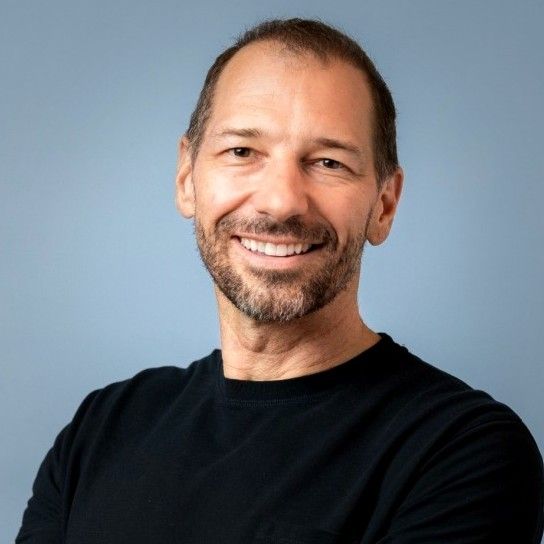Skills are the missing link between learning and the wider business
)
Everyone is talking about skills. CEOs are wondering if their workforces have enough skills for now and the future. Indeed, according to PwC over half of CEOs believe that skills shortages are going to impact their profitability within the next decade. They’re looking around for a solution. And L&D has it within its reach.
L&D is the most critical voice in the room when it comes to skills. Why? Because L&D is the builder of skills. Sure, you can buy (hire) skills. But all industries are dealing with a chronic skills shortage and there aren’t enough people with the right skills to fill critical roles. In other words, you need to upskill and reskill existing workers to meet tomorrow’s needs.
Therefore, the strength of your learning culture and infrastructure directly influences the health of your skills bench. On the flipside, measuring skills gives senior leadership a tangible way to track the business impact of learning initiatives. But how can you get started?
‘Skills data’ is the answer
As author Geoffrey Moore so eloquently puts it, “Without big data, you are blind and deaf and in the middle of a freeway.” Without skills data, you won’t know what skills your organisation already has, what it needs, and how learning can bridge that gap. Yet, it can be daunting to think, yet alone collect, relevant data considering the various HR, learning and recruiting systems where this data resides. Working with colleagues in other departments will make this task a lot easier, as your HR, talent and operations co-workers will likely have access to data and systems that you don’t. Plus, you’ll make this collection go a lot smoother if you have an open learning ecosystem that integrates with other platforms across the organisation.
Once you’ve done the groundwork here, however, the real impact begins to be seen.
If you have data, you can inform and measure effectively. Without it, everything you do is based on gut instinct — which not only introduces uncertainty and inaccuracies to your learning strategy, but can also make it vulnerable to bias. With skills data informing your learning strategy, everything becomes more targeted to what the business actually needs and what learning people wish to engage with. Combine this with stretch opportunities from your talent marketplace and you begin to see why organisations are getting excited about the skills-based future.
In the next few years, it won’t be unusual to see an employee, working in accounting, decide to build proficiencies in HR because they wish to make a career change. With a skills-based approach, these efforts snowball, resulting in more relevant learning opportunities being offered to the individual to continue building up their HR-related abilities to the right level for a stretch assignment or temporary deployment. Then, via a talent marketplace, they do a secondment with their HR team and this eventually leads them to a full-time transition into a new career in HR. All starting with skills.
Relevant data can also help you identify essential skills for your business. It will tell you, over time, if the ones you picked out have resulted in meaningful improvements in the business, such as shorter sales cycles, faster onboarding, greater diversity and so forth. Better still, skills data can act almost like the canary in the coal mine, helping you to anticipate and respond to future disruption. For instance, as employees leave your workforce, you can determine the business-critical talents they possess and are taking with them. This serves as a red flag, prompting you to upskill existing employees to fill the emerging skills gap before it adversely affects performance and profitability.
Adapting to changing markets
In today's dynamic business environment, constant change is the norm. Therefore, it is vital for your skills data to be regularly updated to reflect these changes. This is where learning truly demonstrates its value. While the data exists within HR and recruiting systems, it often remains stagnant until someone is seeking a promotion or leaving a role. It might be updated during an annual performance review, but this frequency is insufficient.
By integrating this data with insights from your learning system, you can obtain more regular updates on your workforce's competencies. People learn every day, and if they document this progress in their learning system, you gain a more accurate and timely snapshot of their capabilities.
You’re on the right path
You may have come across the ‘skills-based organisation’ discussion before and put it aside as something to address in the future. After all, they rarely sit within one team. But L&D is critical to the skills discussion and can add valuable insights. This isn’t the time to wait for HR or talent to take the lead, because they can only see one aspect of what the organisation is trying to achieve. Learning holds the key because people engage with knowledge more regularly than with any other HR or talent system.
So, even if you’re starting out with implementing a learning technology or refreshing your strategy, all roads lead to skills-based. You are on the journey right now — and it’s going to be an exciting ride.
John Freshwater 
VP EMEA and APAC at Degreed


)
)
)
)
)
)
)
)
)
)
)
)
)
)
)
)
)
)
)
)
)
)
)
)
)
)
)
)
)
)
)